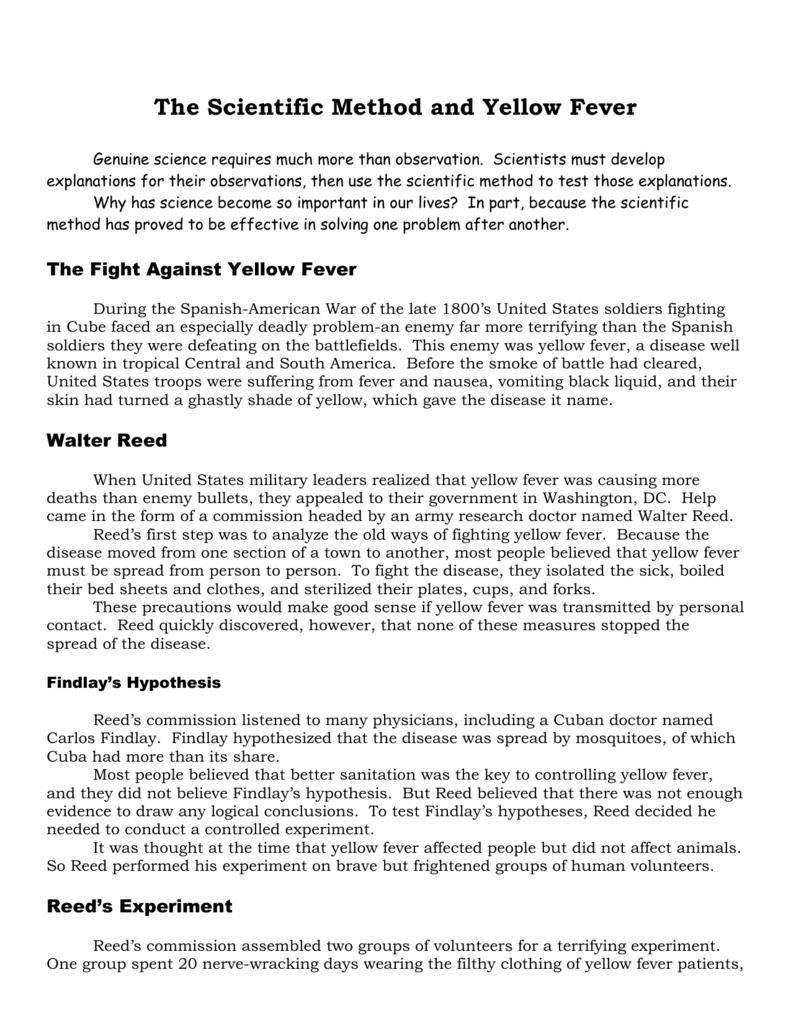


Shaped by the very bias they are fighting. The only data they have to develop algorithms is Now female musicians abound in the world’s leading orchestras-but if their pay is decided by humans, gender discrimination still can persist.īecomes a circular problem.

For example, orchestras typically did not even consider female applicants, but then it became common practice to hide auditioning musicians behind curtains, thus concealing their gender. Worryingly, sometimes we can’t even recognize that an algorithm is biased until real-life circumstances change drastically. Actions taken by these biased actors will feed into algorithms if a re-offender is more likely to actually get convicted of another offence if she is Black, the algorithm will assign a higher probability of re-offending to Black people. A number of studies have made the case that bail and parole judges show bias if the defendant is Black or the judge is tired biased policing (e.g., in deciding to pull over a vehicle for a routine check or whether to carry out a drug test) can create biased evidence. While some algorithmic biases are artifacts of human error-created by inadequate data or statistical techniques, for instance-many algorithmic biases mirror societal biases at large. In cases like these, algorithms aren’t merely failing to correct bias they’re entrenching it. authorities use to estimate how likely it is that a criminal will re-offend, has been found to exhibit racial bias Google’s algorithms for picking job ads have shown a preference for lower-paying jobs for female users. Often, specific (not least demographic) groups of individuals are affected. The algorithms we implement could become tools to help tackle even deeper-seated societal biases, such as notorious racial and gender biases. While sometimes the effects of algorithmic bias are trivial (such as our social media feeds being anchored in puppy videos because the very first post you ever clicked on was one), at other times they can wreak havoc on a person’s life. In fact, very often the opposite has been true.Īs an avalanche of news and research reports has shown, algorithms still are not free of bias and often exacerbate it. Historically, algorithms haven’t quite lived up to this promise. Societal biases, such as notorious racial and gender biases. (which cause us to override proper reasoning due to competing personalĪlgorithms we implement could become tools to help tackle even deeper-seated Points (which mislead our conscious reasoning), and social and interest biases Such as confirmation bias, overconfidence, anchoring on irrelevant reference Thousands or millions of similar decisions need to be made, and we’re notoriouslyĬonsistency, algorithms are designed to remove many human cognitive biases, Humanĭecision-makers often are more expensive than a machine, especially when The rise of algorithms is motivatedīy both operational cost savings and higher quality decisions. The 1960s to deep neural networks identifying security risks such as guns orĬertain blacklisted individuals in CCTV feeds. Saturating our modern world, from simple ones generating early credit scores in


 0 kommentar(er)
0 kommentar(er)
